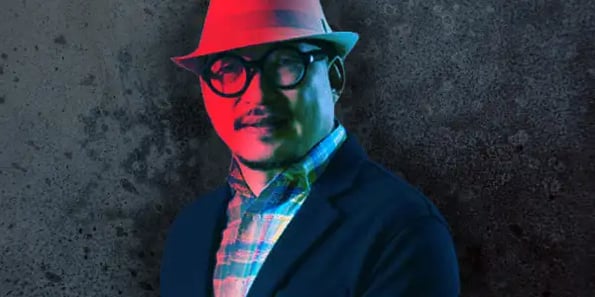Most people are familiar with the major venture capital firms backing Silicon Valley’s start-ups: we’re talkin’ Sequoia Capital, Andreessen Horowitz, Khosla Ventures, and the rest of the gang.

But on the more granular level of early-stage investing, a relatively low-profile Chinese billionaire named Shan Xiangshuang has stealthily built the largest seed fund in tech.
In 3 years, he’s covertly funded more than 350 early-stage companies with $40m worth of “small” investments ranging from $23k to $250k.
Shan the Man
Back in 2015, Shan, the chairman of a multi-billion dollar private-equity fund, set up VC fund Hone Capital.
Armed with $115m in funding, Hone’s game plan differed from that of other funds: instead of selectively picking out solid companies to invest large sums of money in, they’re taking the “spray and pray” approach: investing in “hundreds of quality early-stage startups as fast as possible.”
Today, Hone is the biggest seed investor in the Valley, throwing down more in 3 years than other top seeders have in 2 decades.
But how do they define a “quality” investment?
Doling out seed capital is like investing in a newborn baby’s future success: it’s high-risk and extremely challenging to pick out a “winner” so early on.
That’s why back in 2015, Hone invested $400m in AngelList, a site that allows startups to raise seed capital from investors. On the platform, investors can create “syndicates” — or funds used just to make a single investment.
Hone’s investment gave them “unfettered access” to these syndicate deals, and it has since built its own algorithm to sift through them and pick out those with the best chances of succeeding.
Has this actually worked?
Shan estimates that his fund will yield returns similar to those posted by the top 20% of investors.
But the thing about seed investing is that it takes patience: you gotta let the baby grow up, graduate high school, have a first kiss, and get a billion-dollar valuation before you know if your investment paid off — and that’s a process that often takes 5 to 10 years.

